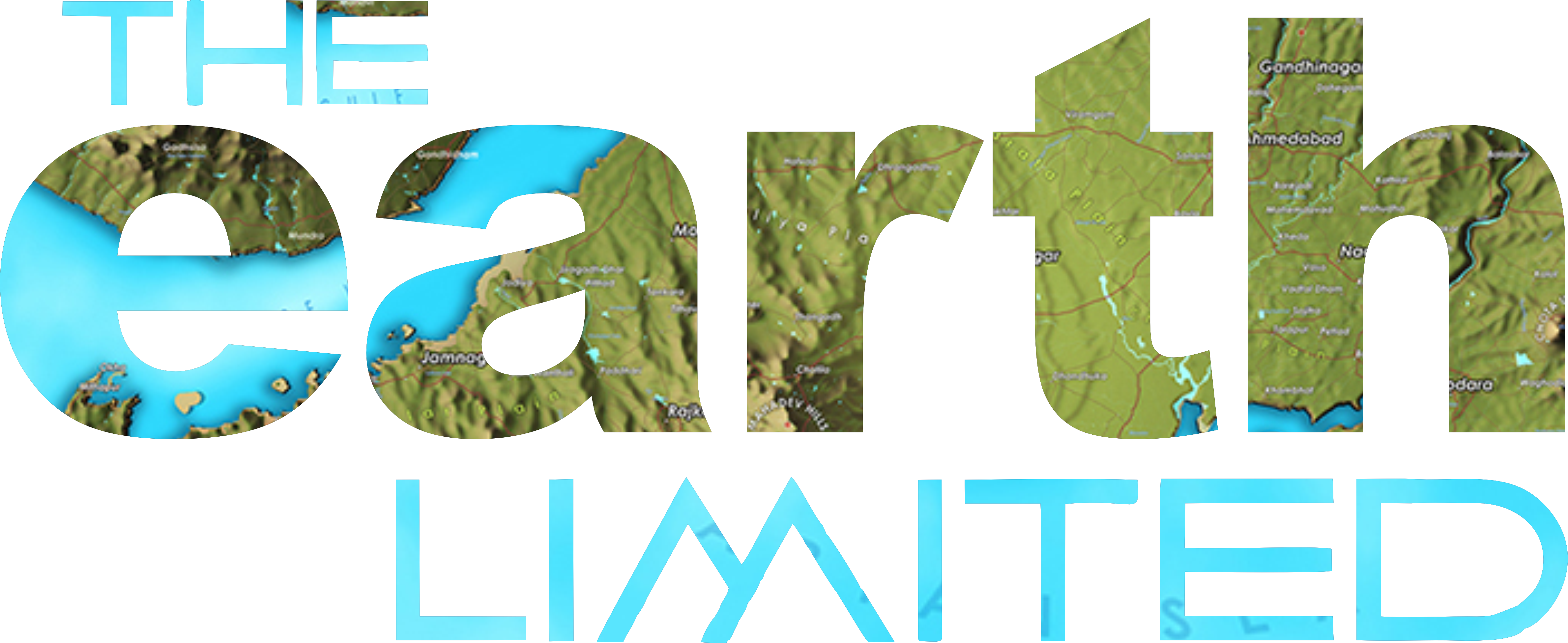Whose home is it anyway?
Leopard, gaurs, elephants and other wildlife continue to lose their lands. Conflicts are rising and we have ‘rogue elephants’ and ‘stray gaurs’ and ‘brutal leopards’. Is there a solution at all or do we simply keep removing the ‘trouble-maker’ each time?
Recently during a family trip to Kotagiri, we got to see herds of gaurs all over the tea estates. A local resident and homestay owner, C Gowda, observed that gaur numbers were increasing over the years. One of the reasons was the lack of nutrition in the shrinking forests, and the other a lack of predators. But importantly, the gaurs came because the estates were once their land before they became tea estates, he said.
This took my mind to the real story of Ajoba the leopard, popularised in a Marathi movie. Depicting the constant animal-human conflict in many parts of the country and world, the tale is about an elderly leopard captured from farmlands north of Pune, tranquilised and collared with a GPS chip, and released far away. The animal does a U-turn and heads back home through 120 kms of some pretty unfriendly terrain.
Crossing not only human settlements, but a busy railway line and highway, an industrial area and swimming the Vasai creek, Ajoba managed not to be seen by anyone or attack anyone. The tracking showed how close he was to humans often, but never once chose to attack.
He finally reached home, the Sanjay Gandhi National Park, but sadly was killed by what was suspected to be a speeding vehicle on the road near the park. The tracking was part of a study conducted by Dr Vidya Athreya of Wildlife Conservation Society-India when she was studying farmland leopards. Along with Ajoba, three other leopards that were tracked also had shown no signs of attacking humans despite the proximity of their movements.
The study was also looking at relocation as a way to address human animal conflict. Relocation was found to not only be unsuitable when dealing with older animals, but also led to increased conflict at the release sites, owing to the stress and possible trauma-induced aggression in the animals. Co-existence was a better option, calling for awareness-building among the human population.
A week ago, the alarm was sounded on leopard sightings near pilgrimage spot Tirumala after a child died from an attack. One leopard was caught and moved to the zoo. The same fate awaits more suspected to be moving along the trekking route. What led to the attack suddenly needs to be studied. Usually leopards steer clear of humans, except when it turns a man-eater.

Gaur herds in a tea estate in Kotagiri
Another animal facing habitat pressure is the elephant. A recent case is the story of Arikomban, the tusker from Kerala who was translocated to Tamil Nadu. From Chinnakanal where cries for the capture of the elephant arose after raids on human settlements, the tusker was first moved to Periyar Tiger Reserve but found his way out and was sighted at Cumbum near human habitats. The decision was taken to move him much farther away to Kalakad Mundunthurai Tiger Reserve in Tirunelveli, amidst protests to get him back to Kerala.
Arikomban’s movements are being tracked and recent news says the elephant which had joined a herd had since moved away to a solitary life. For now, the tale of the rice-loving tusker stops there. But lessons are plenty. Kerala wanted to capture the tusker and tame it. (Incidentally, the state has perhaps the maximum number of elephants captured and tamed.) Animal welfare groups fought against capture. Local tribals too denied government reports of attacks on humans by the elephants. The option was translocation. This time the animal is 200 kms away from home. Will he find his way back? Will it be then captured and domesticated? Or again, tranquilised, captured and relocated?
A home is a home after all, whether it be for humans or animals. They will keep coming back.

As humans keep eating into forest lands, can conflicts ever cease?
In the larger picture, conservationists will tell that individual animals do not count and should not be focussed on. In the larger picture, one also must look at more than short-term measures, surely. How do we ensure intact habitats for our wildlife? Amidst a growing human population, can we not keep the 5 % protected areas inviolate? Considering that a significant population of wildlife is found outside these reserves and parks, how best can we reinforce the need for co-existence? And then, are both sides equally compensated by the measures taken? Given that animals have no votes, the answer to that is anyone’s guess.
By Jaya
